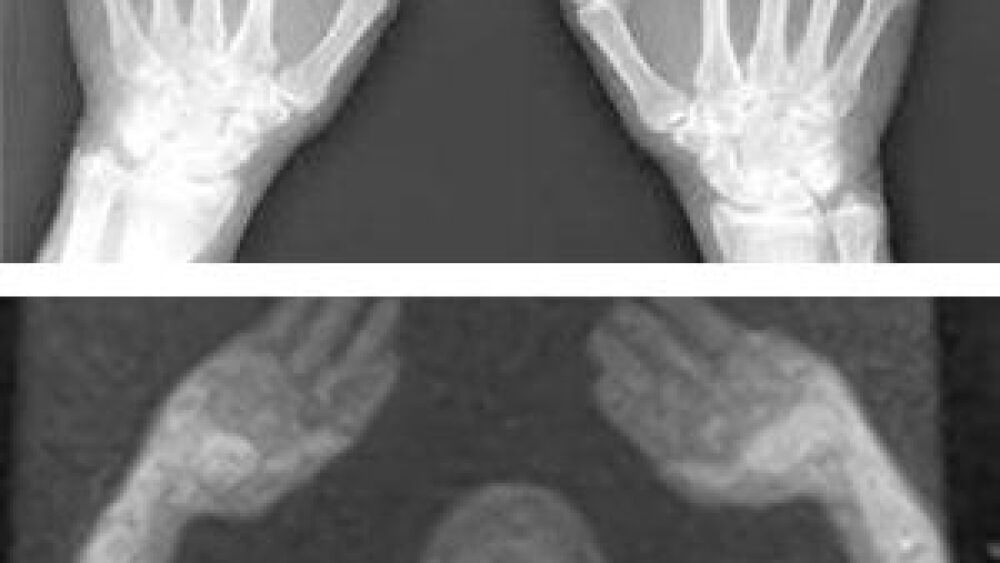Recently body scanners have been front and center in the media. Many local media outlets have published stories about local correctional facilities acquiring body scanners that had been used by TSA in airports until they were considered to be too intrusive. These types of scanners, utilizing backscatter X-ray technology, were made available via federal grants at no cost, though the agencies had to cover the cost of shipping, set up as well as training.
Many people have a misconception of what body scanners that use backscatter X-ray technology can do. The backscatter X-ray body scanner is a great device and assists in our quest to find contraband, but it’s not a cure all for finding hidden items. A backscatter X-ray body scanner is not a medical x-ray device; it will find items that have some degree of density, but not low density items. However, transmission X-ray body scanners such as the Smiths Detection B-SCAN yield images similar to medical x-rays in that they can see through the body.
Detectable and non-detectable items with backscatter X-ray technology
When a body scanner utilizing backscatter X-ray technology scans organic plant material it will not be seen on the scan because it is low density. Similarly, when using a backscatter X-ray body scanner, weapons will generally be seen but even those will require officers to use a keen eye at times. A low profile knife or gun may just be visible as a break in the body contour. Pills many be visible if they are dense enough, such as tablets. Capsules are less likely to be discovered as they are often a lose powder or tiny pellet like material inside a thin plastic covering. However, this is not the case for body scanners utilizing transmission X-ray technology.
Something people that have not used a backscatter body scanner do not understand are items inserted into the rectal and vaginal cavity will not be discovered in the body scanner. Again it is not an medical x-ray, it’s an imaging device. However, with a transmission X-ray body scanner, items that have been inserted, swallowed, or cheeked can be visible in the image. The backscatter X-ray body scanner is designed to show body surfaces and does not penetrate the contour of the body. Whereas an (a) transmission x-ray will penetrate the body surface as it is designed to view into the body. bones (replace bones)
In my facility, we currently only have a single backscatter X-ray device in our work release housing area. We are currently building a new jail and will have scanners in our intake and work release areas once we move. We acquired both of our devices through a federal program that was providing devices that the TSA had been using prior to them being pulled for being too intrusive. Because we currently only have the one device in service when needed, we can safely escort other inmates to that area if we feel we have concerns warranting it as our work release housing unit is connected via a couple hallway corridors to our intake area.
Body scanner policies
My agency has adopted some simple policies regarding the use of our backscatter X-ray body scanner. Prior to use of the scanner, a pat down search will be conducted and clothing will be limited to the standard street clothing not including bulky items such as hoodies or jackets.
The image will only be viewed by a deputy of the same sex as the prisoner, no recordings will be taken of the image, and all persons entering the housing unit from work release or work crew will be scanned.
If something suspicious is discovered, a strip search will be conducted following proper policies. Whenever any items are found during the scan and or subsequent strip search, a complete report is written and when appropriate a warrant request will be forwarded to our prosecutor for criminal charges. Our local prosecutor has always been maintained a good relationship with us when it comes to charging prisoners with possession of contraband and even assault on correctional officers.
Keep it simple
The fact is backscatter X-ray body scanners, just like any new technology, has a place in our line of work. But overconfidence in backscatter X-ray technology leads to errors being made and errors made can lead to someone getting hurt.
No matter what new inventions we see over our careers, we need to always remembers our training and never allow the new invention to make us too complacent in what our gut tells us is right.











